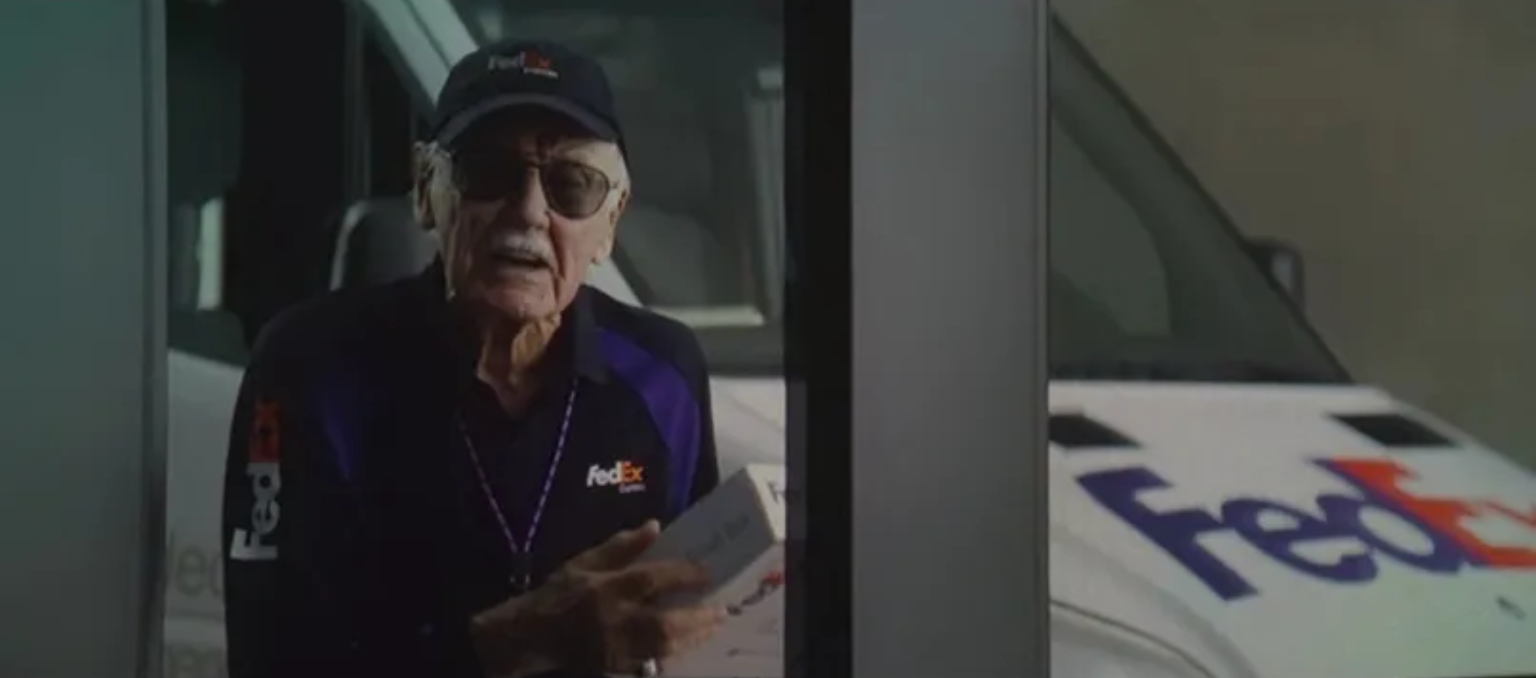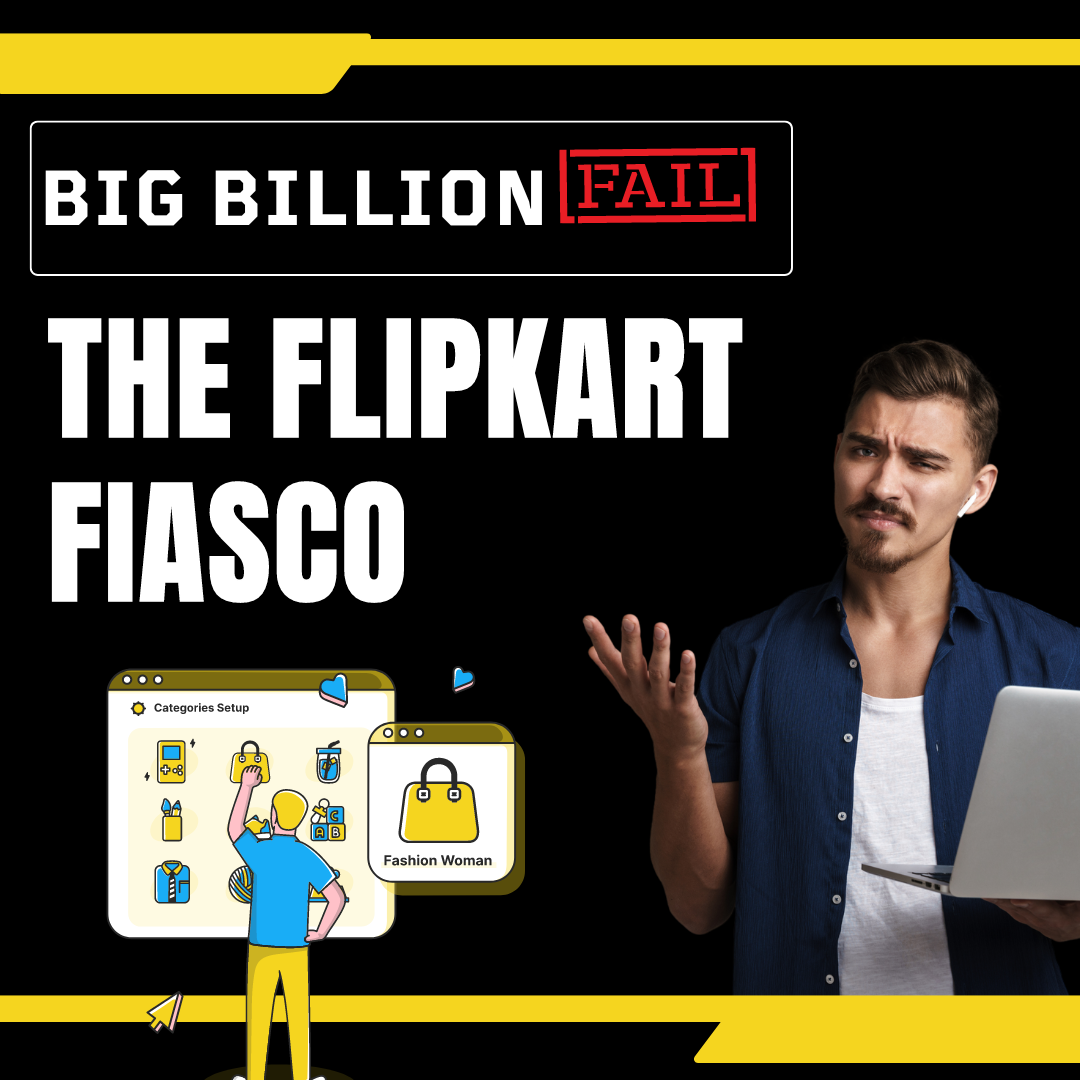In the fast-paced world of urban logistics, the hyperlocal delivery model has emerged as a
game-changer—especially in the grocery, medicine, and on-demand services sectors. By
focusing on short-distance, rapid deliveries within localized areas, hyperlocal delivery
services are setting new standards for customer convenience.
But with opportunity comes complexity. As the demand for instant gratification grows, so
does the pressure on logistics providers to optimize their routing, reduce costs, and
enhance last mile delivery tracking.
A recent study in Transportation Research Part B sheds light on how integrating first-mile
pickups with last-mile delivery operations can significantly improve route efficiency offering crucial insights for businesses operating in the hyperlocal and urban delivery space.
What is Hyperlocal Delivery and Why It Matters
Hyperlocal delivery refers to fulfilling customer orders from nearby sellers, usually within a
radius of 3 to 5 kilometers. Think food orders, grocery apps, or quick commerce platforms
like Zepto or Blinkit. The hyperlocal grocery delivery model in particular has seen explosive
growth, as consumers expect fresh items to be delivered within minutes—not hours.
For businesses to remain competitive, it’s no longer enough to simply deliver fast.
Delivering smart—with cost-efficiency and visibility—is the new benchmark. That’s where
optimized route planning, real-time last mile delivery tracking, and integrated logistics
models come in.
Key Route Efficiency Insights from Research
A 2020 paper by Bergmann, Wagner, and Winkenbach explored what happens when
logistics providers combine first-mile (pickup from seller) and last-mile (delivery to buyer)
tasks into a single integrated route—especially in dense urban areas.
Here’s what they found:
1. Integrated Routes Improve Courier Utilization
Companies using shared fleets for pickup and delivery operations can see up to 30%
efficiency gains, even when the pickup and delivery volumes aren’t perfectly balanced. This
is huge for last mile delivery companies, who often struggle with low vehicle utilization and
empty return trips.
2. Capacity Constraints Impact Efficiency
While integration can reduce distance traveled, vehicle capacity limits often become a
bottleneck. Overloaded vehicles or underutilized ones both reduce route optimization
potential, especially for hyperlocal models where order sizes are small but volumes are
high.
3. Delivery Sequence Matters
If a courier must deliver an item before picking up another (due to perishability, space, or
priority), this precedence constraint can reduce efficiency gains by up to 10%. Planning
algorithms must be flexible enough to adjust for real-time delivery priorities.
4. Better Estimation Models Required
Traditional route distance estimation methods don’t consider integrated operations. The
researchers developed new adjustment factors for continuum approximation (CA) models
to better estimate distances and costs in integrated delivery routes.
What This Means for Hyperlocal and Last Mile Delivery Companies
Whether you’re running a hyperlocal grocery delivery app or managing a larger last mile
delivery network, the implications are clear:
Integrated Route Planning Is No Longer Optional
If you’re still treating first-mile pickups and last-mile deliveries as separate operations,
you’re missing out on measurable cost and time savings. Use dynamic route optimization
software that accounts for both legs of the journey.
Prioritize Real-Time Visibility
To manage precedence constraints and route changes, your last mile delivery tracking
systems must be in sync with dispatch logic. Real-time data enables dynamic rerouting
based on congestion, cancellations, or changes in delivery windows.
Small Changes in Planning = Big Savings
In hyperlocal contexts, even a 500-meter reduction in average route length can save
thousands per month in fuel, courier wages, and delivery time. Integrated planning helps
uncover these micro-efficiencies.
Tech Tip: Blockchain in Last Mile Delivery Tracking
One emerging technology that strengthens last mile delivery operations is blockchain.
From ensuring transparency in delivery handoffs to verifying fulfillment milestones,
blockchain-based solutions are being adopted for their trust, traceability, and tamper-proof
records. Looking to implement secure and scalable logistics solutions?
Explore Our Blockchain Application Testing Services to ensure your blockchain-based
delivery apps perform reliably, even under high-volume hyperlocal traffic.
Final Thoughts
The logistics landscape is evolving fast. For last mile delivery companies and hyperlocal
delivery platforms, staying ahead means investing in smarter routing, integrated fleet
usage, and robust delivery tracking systems.
Integrating first-mile pickups with last-mile drops may seem operationally complex at
first—but the long-term efficiency gains, courier utilization improvements, and customer
satisfaction boost make it well worth the shift.
As urban freight volumes grow and consumer patience shrinks, one thing is clear: the
future of delivery belongs to those who can optimize every mile—starting from the first, all
the way to the last.


